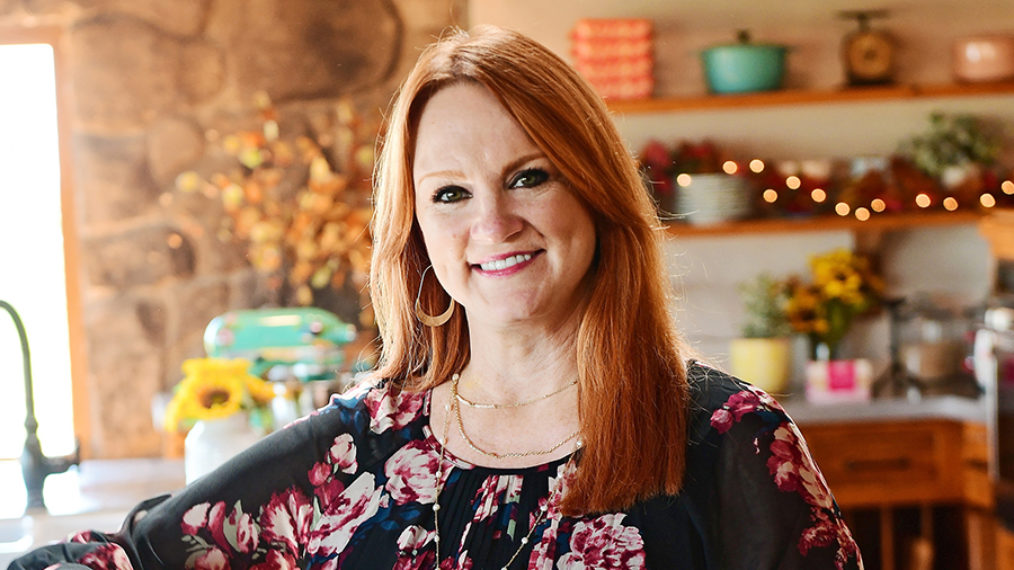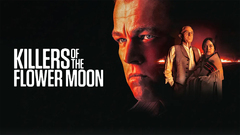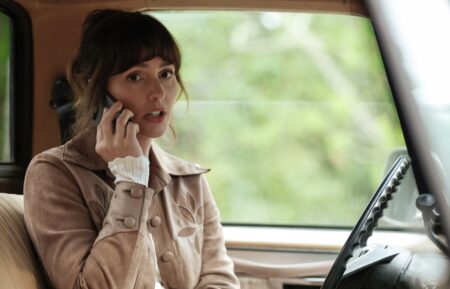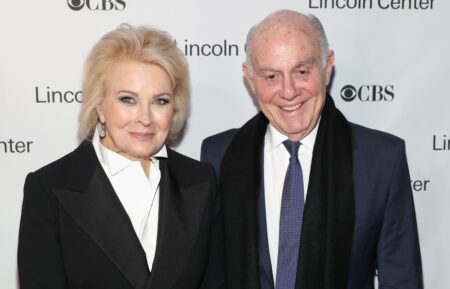‘Pioneer Woman’ Ree Drummond Has Surprising Link to Martin Scorsese’s ‘Killers of the Flower Moon’

Ree Drummond, the star of Food Network‘s The Pioneer Woman, and Martin Scorsese have a weird connection, and you’ll never guess what it is.
Scorsese’s film Killer of the Flower Moon, set to be released this week, is an adaptation of the 2017 book of the same name by David Grann. Featuring Leonardo DiCaprio and Robert De Niro, the film delves into investigating the gruesome murders of Osage tribe members, which occurred nearly a century ago after valuable oil was discovered on their land. This chilling spree of killings, known as the “Reign of Terror,” unfolded between 1921 and 1926.
So, what’s the connection between a Food Network star and this morbid chapter of American history? While Drummond’s family was not directly implicated in the murders, a rather dark link exists between her and the tribe’s land loss.
Ree conducts her various business endeavors, including her lifestyle blog and television show, from her hometown of Pawhuska, Oklahoma, situated in Osage County. Not only was Pawhuska one of the filming locations for Killers of the Flower Moon and the site of one of the real-life trials, but it also happens to be the actual Osage land on which the movie is based, according to Distractify.
Furthermore, Ree is married to Ladd Drummond, a fourth-generation member of the Drummond family, who happens to be the second cousin of Oklahoma Attorney General Gentner Drummond. As revealed by the Bloomberg podcast series In Trust, the Drummond family collectively owns 9% of the land in Osage County, which initially belonged to the Native American tribe. Due to this ownership, the affluent Drummond family has become the largest landholder in Osage County, according to Bloomberg.
The podcast claimed that the Drummond family obtained substantial land through funds from or loans from the Osage tribe. Also, Bloomberg alleged that they pushed the boundaries with aggressive business practices.
According to the outlet The Oklahoman, “They were put in charge of Osage families’ finances, borrowed from Osage estates, probated Osage wills, and collected on debts that they claimed as owners of a government-licensed store. They bought headright fractions, even as they lobbied for the headright system to be abolished. And they bought land. Lots of it.”









